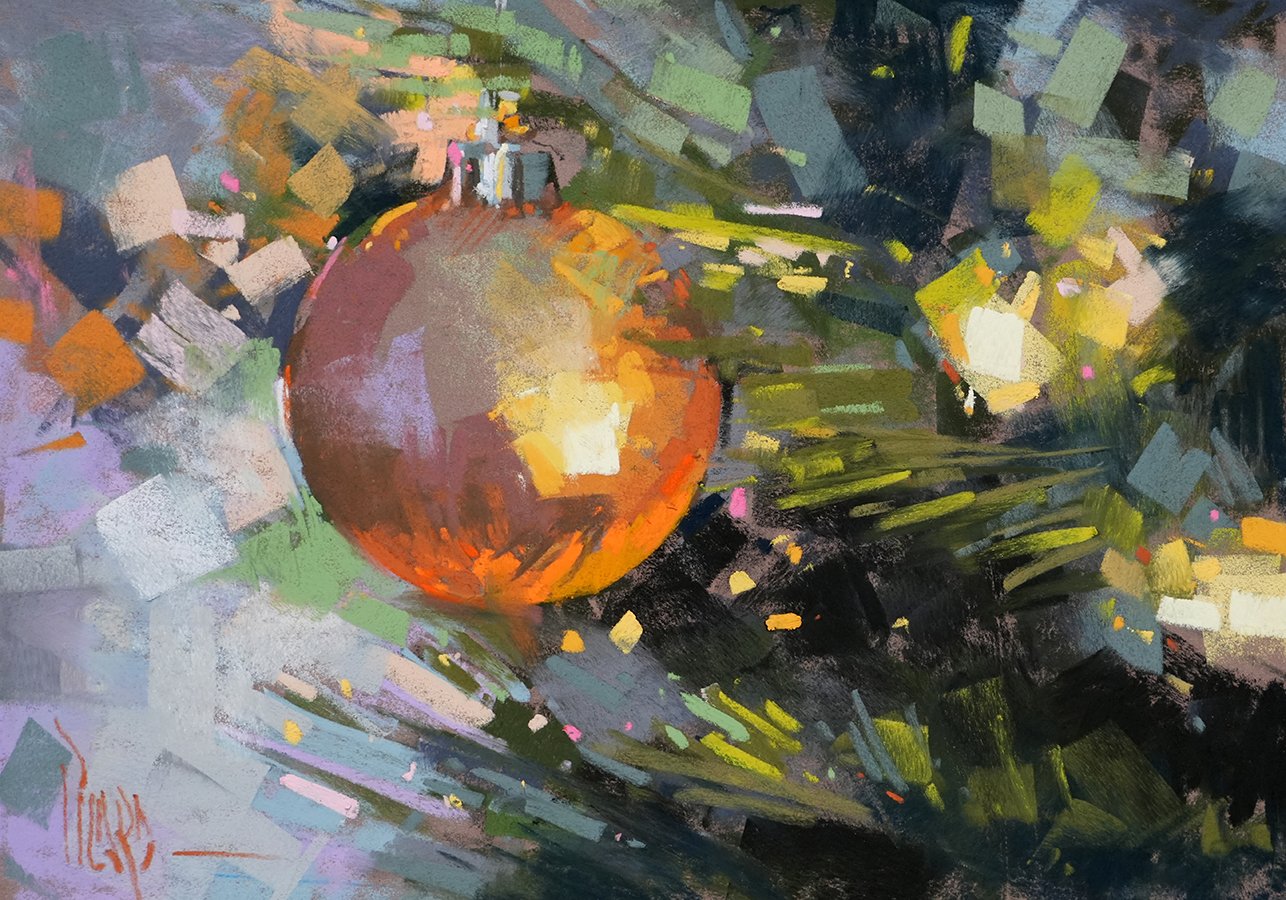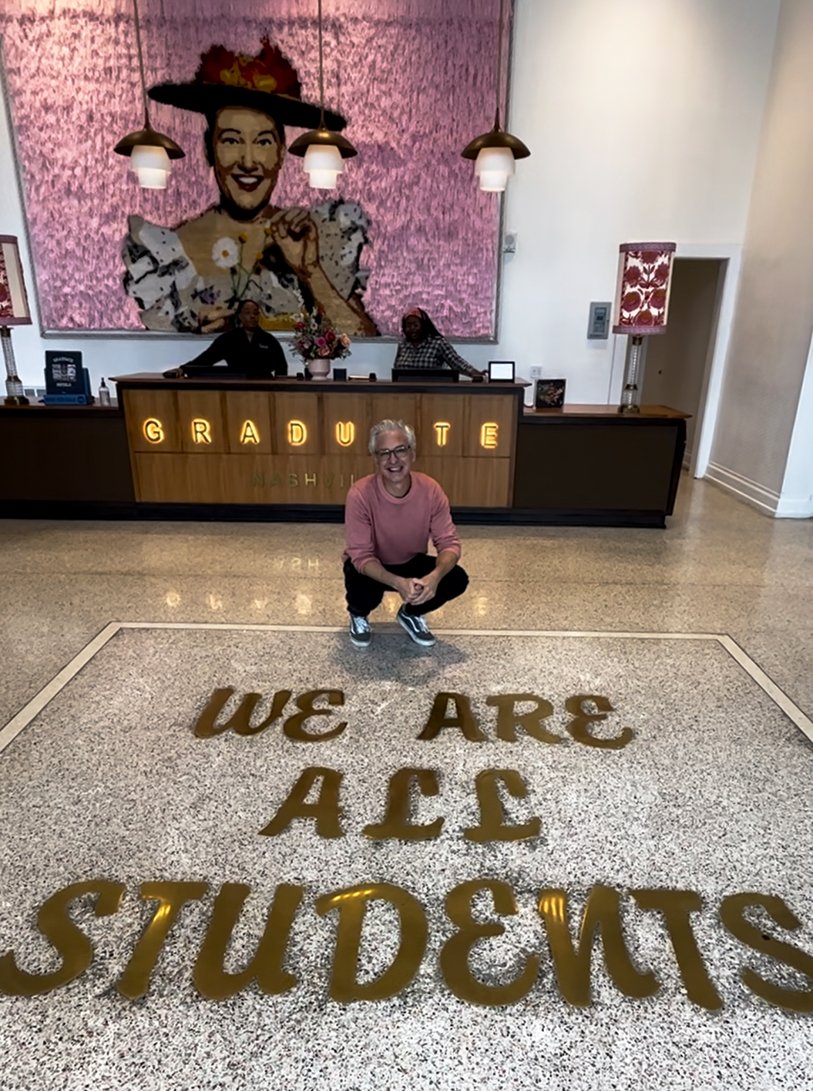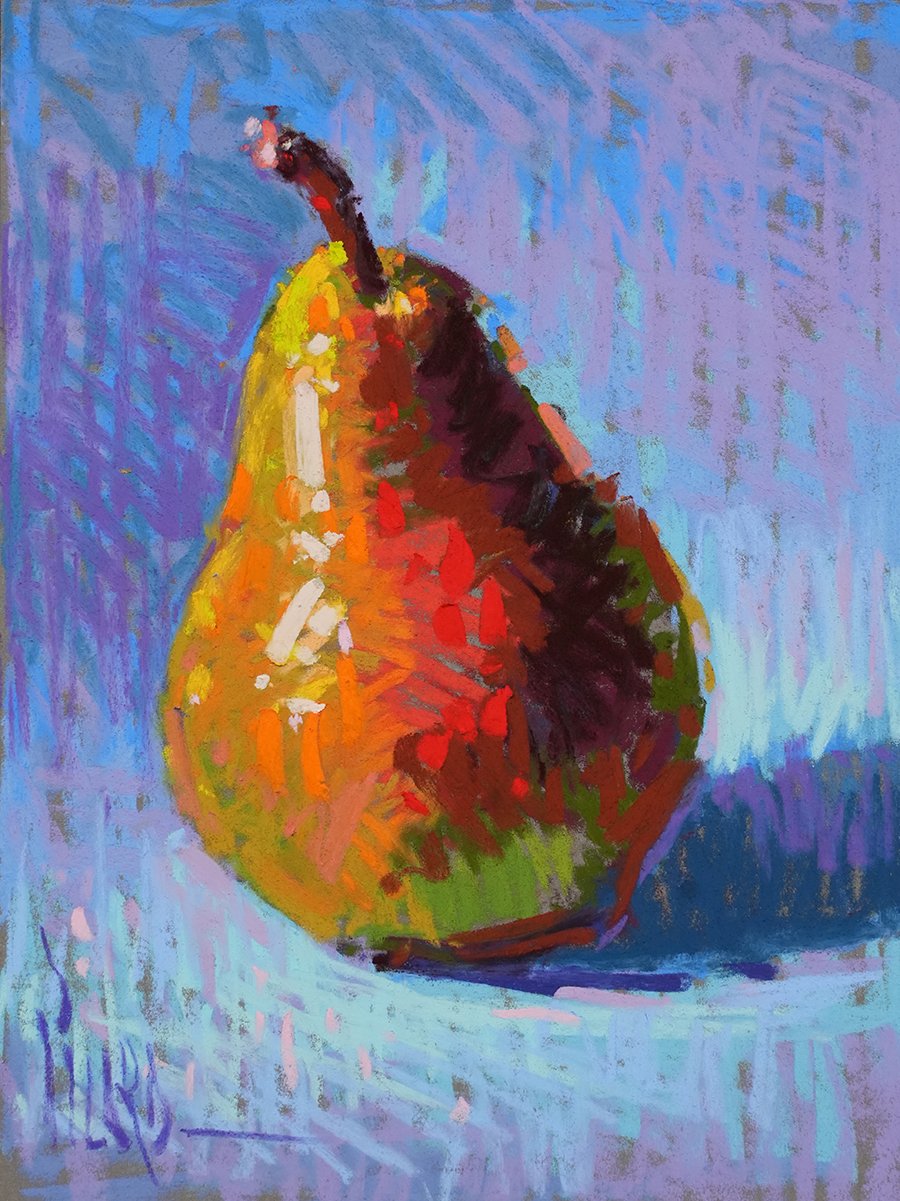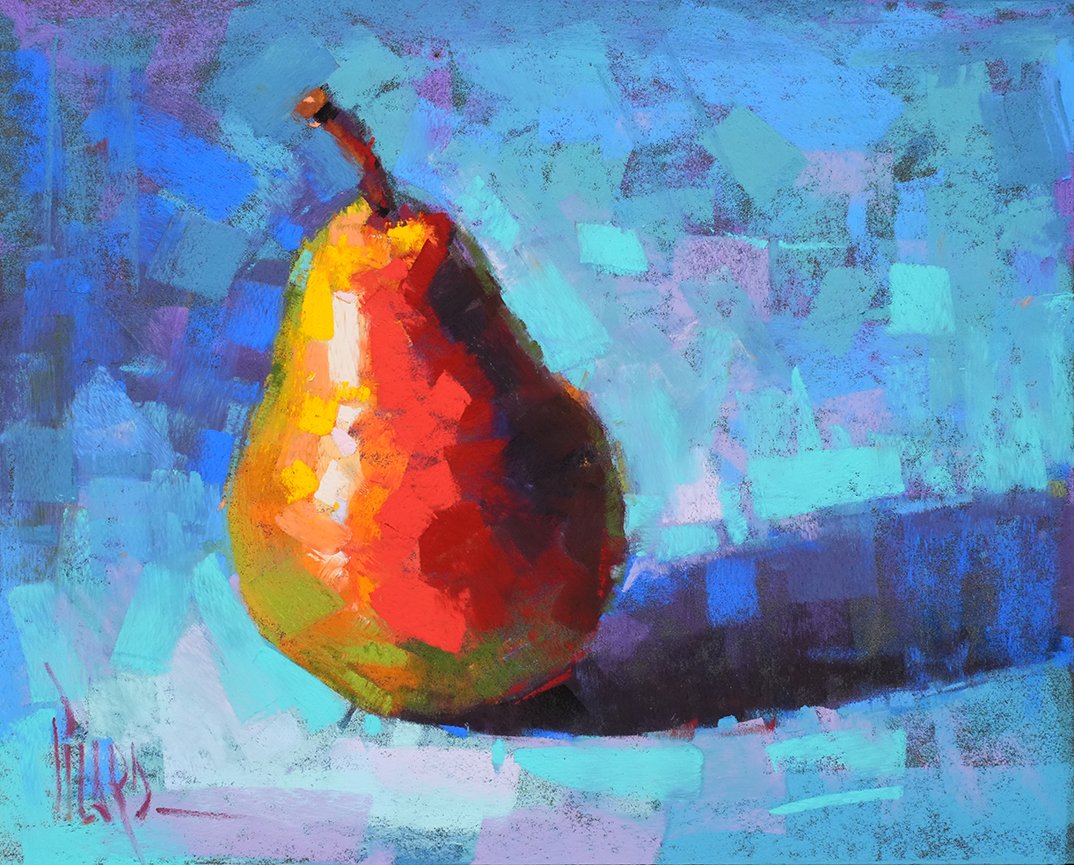The fixed mindset believes that talent—without the application of effort—creates success. You’re either born with it or you’re not, and there’s nothing you can do to change it. This way of thinking is dangerous because it causes you to avoid challenges and resist criticism. I often see many art students fall into this mindset in my classes and workshops.
A growth mindset believes that our most basic abilities—like talent and intelligence—can be improved through effort, perseverance, and experience. Artists in a growth mindset crave challenges, welcome constructive criticism, view setbacks as learning opportunities, and develop a passion for hard work and a hunger for growth. They know that getting better is a process. One that requires the right attitude and dedication over time.
As you can see, the right mindset changes our behaviors and the results we will gain. So which mindset will you choose? This choice will powerfully shape the progress you make.
I still remember the day I picked up my first set of pastel colors, bright and full of potential. It was a figure drawing class in college. The thought of transforming these colors into a piece of figurative art was exhilarating yet daunting at the same time. My heart was filled with passion but my mind was clouded with self-doubt, questioning whether I had what it takes to be an artist.
Looking back now, I realize that those doubts were not only normal but also necessary for growth. That’s why today, I want to share four important lessons that have helped me in my artistic journey and can empower other women and men who wish to venture into the world of pastel painting.
1. Embrace a Growth Mindset
The first step is always about changing your mindset - choose progress over perfection! You don’t need to create a masterpiece every time you pick up your pastel sticks; what matters more is learning from each stroke you make on the canvas (or as we use in the Pastel world Paper or Board). In our workshops, we encourage you to move forward and continue practicing instead of only working on one piece.
2. Overcome Self-Doubt
It's perfectly normal to doubt yourself when trying new techniques like pastel layering or expressive mark making or stepping out of your comfort zone – it’s part of being human! Remember that this self-doubt doesn't define your abilities as an artist; instead use it as fuel for growth and motivation.
3. Cultivate Patience
Remember, Rome wasn't built in a day! Just like any skill, mastering art takes time and consistent effort so don’t be disheartened if progress seems slow initially. It's all about taking small steps towards bigger goals!
4. Take The Next Step
Finally, just take one step at a time – one sketch at a time! Every piece you create brings you closer to becoming the artist you aspire to be!
These strategies aren’t just relevant for aspiring artists but are also crucial for entrepreneurs starting their own art journey – persevering through challenges, constant learning, overcoming self-doubt and patience are the cornerstones of any successful venture.
Now, imagine having a community of like-minded individuals cheering you on and inspiring you to take those small steps. A place where you can share your work, learn from others, and grow together. Sounds amazing right? That's exactly what we're offering! So why wait? Join us today to start your journey toward becoming a pastel painting artist!
Keep showing up for your creative dreams,
Alain
















